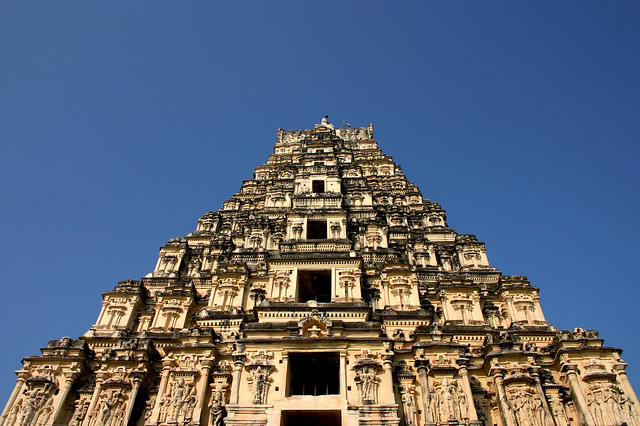This is India. Brace yourself. You’re about to enter one of the most blindingly colourful, unrelentingly chaotic and unapologetically indiscreet places on earth. Varanasi takes no prisoners. But if you’re ready for it, this may just turn out to be your favourite stop of all.
Also known at various times in history as
Kashi (City of Life) and Benares, this is one of
the world’s oldest continually inhabited cities
and is regarded as one of Hinduism’s seven
holy cities. Pilgrims come to the ghats lining
the River Ganges here to wash away a lifetime
of sins in the sacred waters or to cremate
their loved ones. It’s a particularly auspicious
place to die, since expiring here off ers moksha
(liberation from the cycle of birth and death),
making Varanasi the beating heart of the Hindu
universe. Most visitors agree it’s a magical
place, but it’s not for the faint-hearted. Here
the most intimate rituals of life and death take
place in public and the sights, sounds and
smells in and around the ghats – not to mention
the almost constant attention from touts –
can be overwhelming. Persevere. Varanasi is
unique, and a walk along the ghats or a boat
ride on the river will live long in the memory.
The old city of Varanasi is situated along the western bank of the Ganges and extends back from the riverbank ghats in a labyrinth of alleys called galis that are too narrow for traffic. They can be disorienting, but the popular hotels and restaurants are usually signposted and, however lost you become, you will eventually end up at a ghat and get your bearings. You can walk all the way along the ghats, apart from during and immediately after the monsoon, when the river level is too high. Most places of interest, and much of the accommodation, are in the old city. Behind the station is the peaceful Cantonment area, home to most of the top-end hotels.
Thought to date back to around 1200 BC,
Varanasi really rose to prominence in the
8th century AD, when Shankaracharya, a
reformer of Hinduism, established Shiva
worship as the principal sect. The Afghans
destroyed Varanasi around AD 1300, after
laying waste to nearby Sarnath, but the fanatical
Mughal emperor Aurangzeb was the
most destructive, looting and destroying
almost all of the temples. The old city of Varanasi
may look antique, but few buildings
are more than a couple of hundred years old.
See also: 5 Ideas for India
See also: 5 Ideas for India







